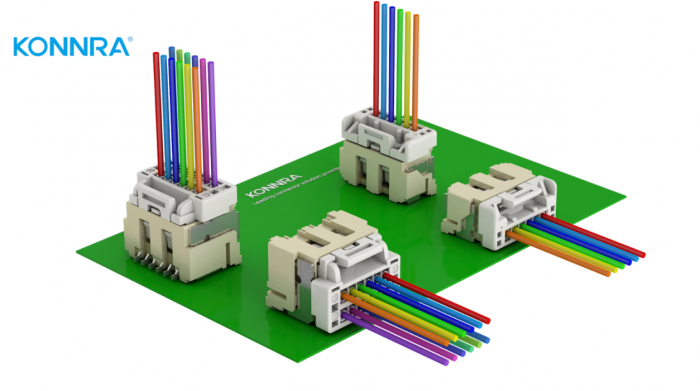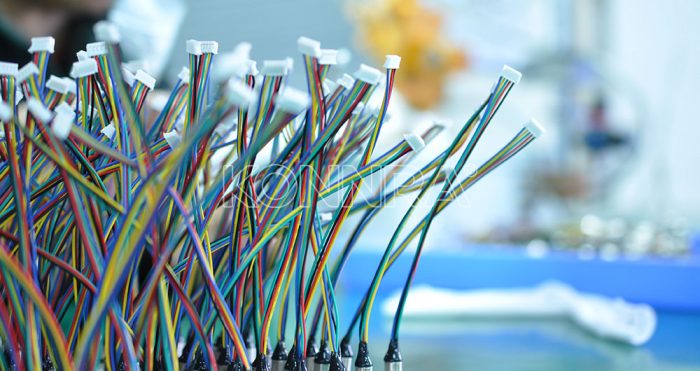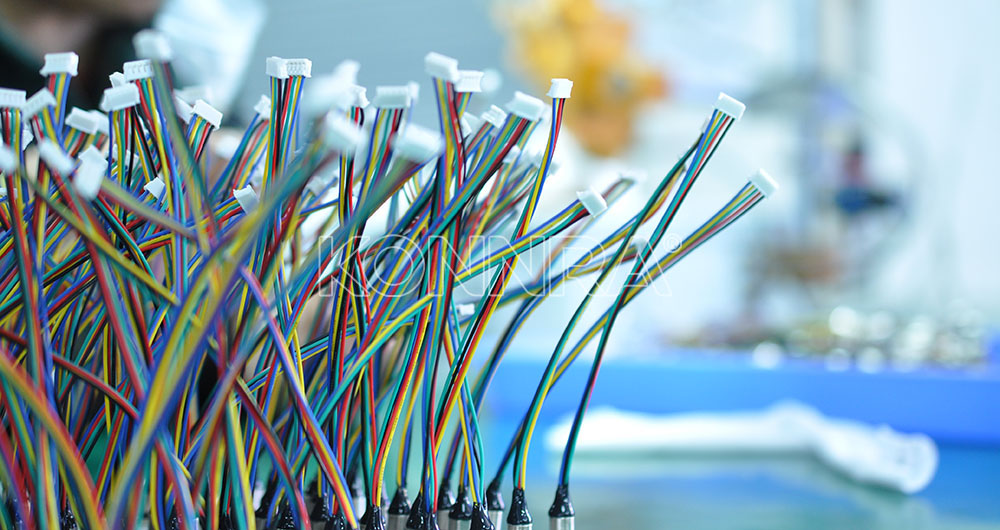Regarding the differences between wire-to-board, wire-to-wire, and board-to-board, we must first understand what a connector is. A connector is an electronic component used to connect two or more circuits or devices to achieve the transmission of current or signals. There are many types and specifications of connectors. According to the different connection methods, they can be divided into three types
Wire-to-board connector
Wire-to-board means that one end of the connector is a wire and the other end is a socket that plugs into the circuit board. This connection method is suitable for situations where flexible wiring is required.
The wire-to-board connector is a connector that connects wires and circuit boards. The main function of the connector is to transmit power and signals, so the wire-to-board connector is the ancestor of all connectors. According to the differences in various uses and requirements, the wire-to-board connector board type, but in the information industry mostly pin distances and transmitting current and voltage. The main application areas of wire-to-board connector products include commercial electronics, household appliances and other general industrial fields where auxiliary circuits are selected.
Related products are as follows:
KR1507 single row double row connector
1.Ready-to-use tools
Use universal terminals to provide users with easy access to crimp fittings as they are commonly available on the market. Vertical and right-angle single row receptacle headers with unique friction locks.
2.Provide locking protection
Make sure the terminal connections are secure
Provides strong mating retention without compromising compactness. 30% space savings compared to 2.00mm wire-to-board connector system
4.Friction lock
Provides stronger mating retention
5.Polar bonds
Prevent mismatches during assembly
Realize automatic assembly

This product can be used in consumer products, air conditioners, desktop computers, drones, game consoles, laser printers, power connections, vacuum cleaners, household appliances, industrial automation, automation equipment, automobiles, combination lights, rearview mirror lights, tail lights, Door lights, headlights, interior lights, medical, medical equipment, patient monitors, etc., and provide customized needs
Wire-to-wire connector:
Wire-to-wire means that both ends of the connector are wires, and the connection or disconnection is achieved by plugging and unplugging.
Wire-to-wire connectors cover the wire-to-cable or cable-to-cable approach, the defining feature of which is that two single-wire individuals or corresponding conductors in two cables are permanently connected to each other. This kind of permanent connection is more common in cross-connects like heads-up connections and IDC connections. Wire-to-wire connector products are mainly used in automobiles, communications, consumer electronics, data processing, industrial machinery and other fields.

Board to Board Connector:
Board-to-board means that both ends of the connector are sockets plugged into the circuit board, and the connection or disconnection is achieved by plugging and unplugging. This connection method is suitable for devices requiring compact layout or high-speed signal.
The English name of board-to-board connectors (Board-to-board Connectors) is currently the connector product with the strongest transmission capability among all connector types. At present, the main intervals of board-to-board connectors are 0.4mm pin header, 0.5mm pin header, 0.635mm pin header, 0.8mm pin header, 1.00m pin header, and 1.27mm pin header. Board-to-board connectors are mainly used in power supply systems, communication systems, financial manufacturing, industrial automation, medical instruments, office supplies, smart home appliances, military manufacturing and other fields.
Each of these three connection methods has its own advantages and disadvantages, and needs to be selected and optimized according to actual needs and conditions.










